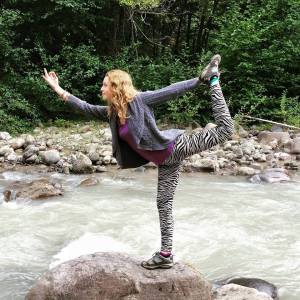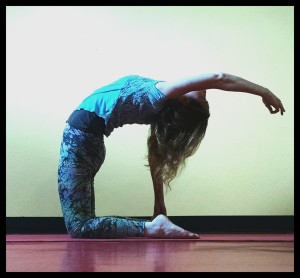
It’s that time of year again! Here are some wellness tips for all you singers – I’ve collected these over the past several years, and I’m continually adding and editing! It is my sincere wish that all of my students and friends stay healthy and happy so you can continue to sing joyfully and live your best life! In general, I recommend creating good general wellness habits like washing your hands often, getting a good night’s sleep, and eating plenty of fruits and veggies. You’ll also usually want to avoid loud environments like bars where you are speaking over music and/or other people’s voices. These good preventative habits can keep you and your voice healthier for longer, but if a bug has found you…below are some additional tips that I’ve found extremely helpful and hope you do, too!
Rest | At the first sign of a cold or sickness of any kind, put on the brakes! Avoid caffeine, sugar, and alcohol, and get plenty of rest. If you are sick and your voice is affected, the best thing to do is to not speak or sing at all. If you need to speak and your voice isn’t totally gone, speak softly but don’t whisper! That can wear on your vocal folds more so than normal, breath-supported speech. Ideally, give yourself a full day (or several hours) of vocal rest with no vocalization at all.
Hydrate | Hydrate, hydrate, hydrate! Drink plenty of water (alkaline if possible), herbal tea (I recommend “Throat Coat” tea from Traditional Medicinals, or “Throat Comfort” tea from Yogi Teas), or hot water with lemon and honey. I also like to use certified pure, therapeutic grade essential oils in my water for an extra immune boost – any citrus oil is great for this, including lemon, grapefruit, wild orange, and my newest fave: green mandarin!
Essential oils| Speaking of oils, I have a nifty acronym for the best immune-supporting oils: FLOOM! It stands for Frankincense, Lemon, Oregano, OnGuard and Melaleuca (tea tree.) These oils are natural anti-biotics and in some cases, ant-viral and anti-fungal. They can be ingested, applied topically with dilution, and diffused. I love helping my students and community get started with doTerra oils, because they really are the best quality and work so well (don’t ingest other essential oils bought from a store!). Reach out if you’d like to learn more!
Steam and Diffuse| Steam your face! Boil water, then remove from heat and place a towel over your head. Center head over the pot and breathe in the steam. Perhaps put some oregano oil in the water, or another essential oil or herbs of your choice. Other essential oils that I enjoy for this purpose: peppermint, eucalyptus (great for the lungs but a bit drying for the throat), cinnamon, cardamom, and doTerra’s “Breathe” blend. When you’re not steaming, set up your diffuser with oils such as doTerra’s protective blend, OnGuard, which includes clove, orange, and rosemary essential oils.
Supplements & Herbs | We all know Vitamin C is great for your immune system – did you know you can take it every few hours? Liposomal vitamin C is best because your body absorbs more of it – I take as much as 2,000 IU every hour until symptoms improve. I know it sounds crazy, but this has been studied and I can attest that it works! We also don’t want to forget about Vitamin D, as well as Zinc. You might also try Yin Chao, a great Chinese herb, especially right after noticing symptoms. See your local trusted acupuncturist for other Chinese herbs that could help you, and while you’re at it, schedule an acupuncture appointment! Garlic, Ginger, Echinacea and Turmeric are some great natural antibiotics and anti-virals (Turmeric is now available as an essential oil through doTerra!). Slippery Elm is a great herb for the vocal folds, as well as Licorice, Fennel, and Marshmallow Root. There are some nice throat sprays on the market, including “Singer’s Saving Grace.” Avoid anything that numbs if you’re about to sing or speak! You want to be able to feel what you’re doing!
Expectorants | Expectorants thin your mucous, making it easier to clear all that gunk from your lungs or throat. I recommend Mucinex (just the plain version, not Mucinex DM, a cough suppressant) which contains an herb called Guaifenesin, a natural expectorant. Apple Cider Vinegar is another natural expectorant, and it also helps your body fight bacteria and clear your lymph nodes!
Salt Water | Gargle with Salt water, and/or use a Neti pot. When using a Neti Pot, make sure to use boiled/distilled water and wait for it to cool to almost room temperature. Be sure to add non-iodized salt, versus your everyday table salt. When gargling with salt water, use hot water that is as warm as you can comfortably stand, and keep gargling (careful not to drink any) until the whole glass is gone! Remember not to gargle loudly, which could do more harm than good…just a soft gargle! It isn’t always fun, but it really helps! It could also be healing to take a nice epsom salt bath – try putting a few drops of lavender or frankincense essential oil in the salts before adding them to the water.
Coconut Oil “Pulling” | This practice might seem strange to our western minds, but it is an ancient Ayurvedic practice with proven benefits! Take a tablespoon of coconut oil and gently swish it in your mouth for 10 to 20 minutes without swallowing any, then spit it into the trash or outside (not in the sink as it will clog your plumbing). You can do this 2 or 3 times per day while you’re sick, and it is especially recommended first thing in the morning, even before you brush your teeth or drink anything. When you’re healthy, this is a great practice to incorporate into your routine for general wellness, 2 or 3 times per week.
Practice | If you’re not terribly sick and your voice still feels okay, gentle vocal practice can do you good by lifting your mood and sending vibrations through your sinuses! And if you’re resting your voice, don’t forget that you can always visualize performing your songs, listen to the music you’re working on, work on memorizing your text, and mouth the words in front of a mirror! As for yoga, unless you’re super low on energy, a gentle yin practice sure couldn’t hurt and might help open up your chest and free your breathing. Some poses to incorporate into your practice: supported backbends like supported fish posture with a block between your shoulder blades, supta baddha konasona/reclined bound angle, and addho mukha virasana/downward facing hero’s pose/extended child’s pose. Perhaps throw in some gentle lunging and twisting, and close with an extra long savasana!
Thanks for reading! Feel free to reach out for support. I’m sending you all blessings of health and wellness!

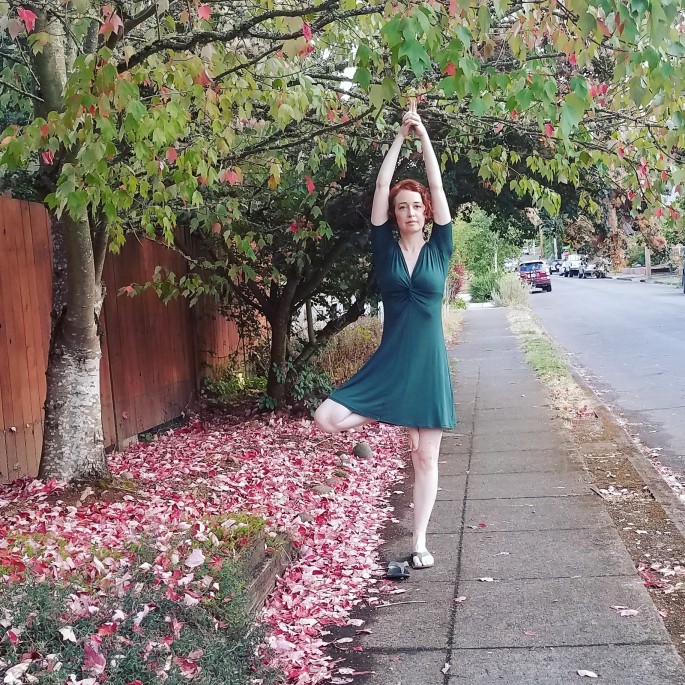
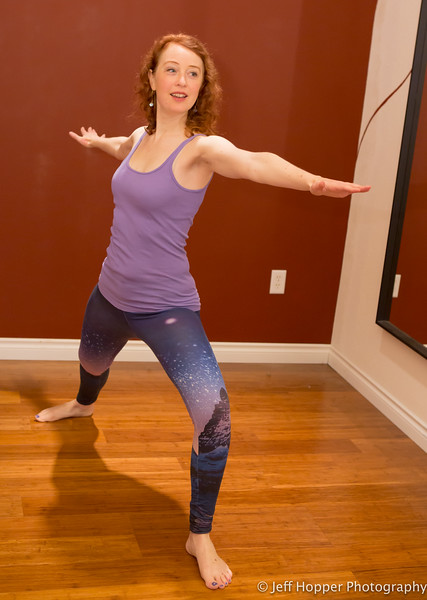



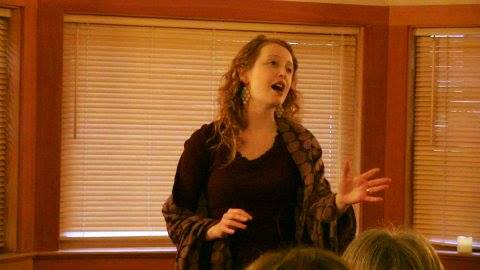
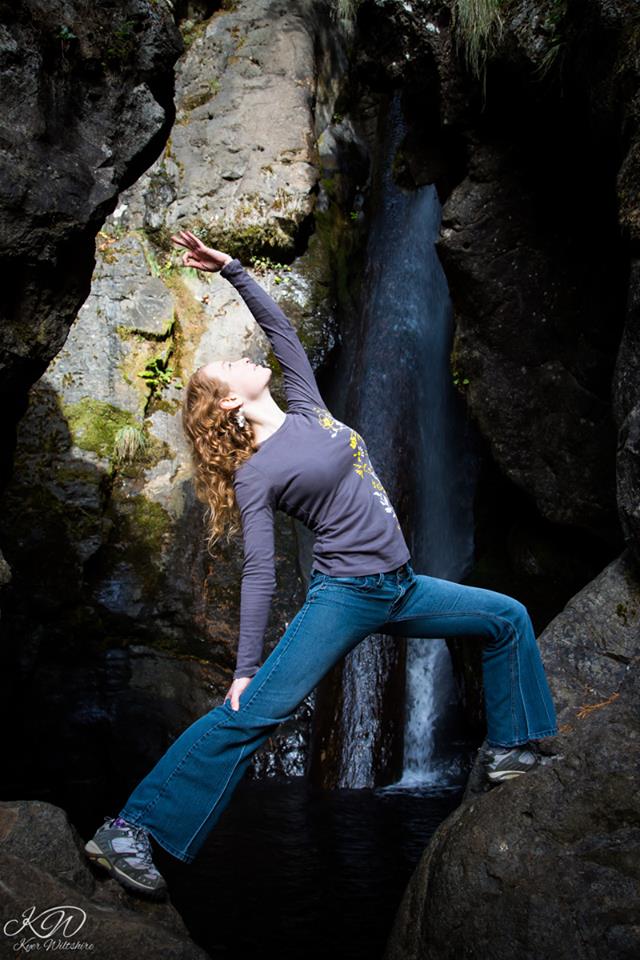 “If you want to conquer the anxiety of live, live in the moment, live in the breath.” -Amit Ray
“If you want to conquer the anxiety of live, live in the moment, live in the breath.” -Amit Ray